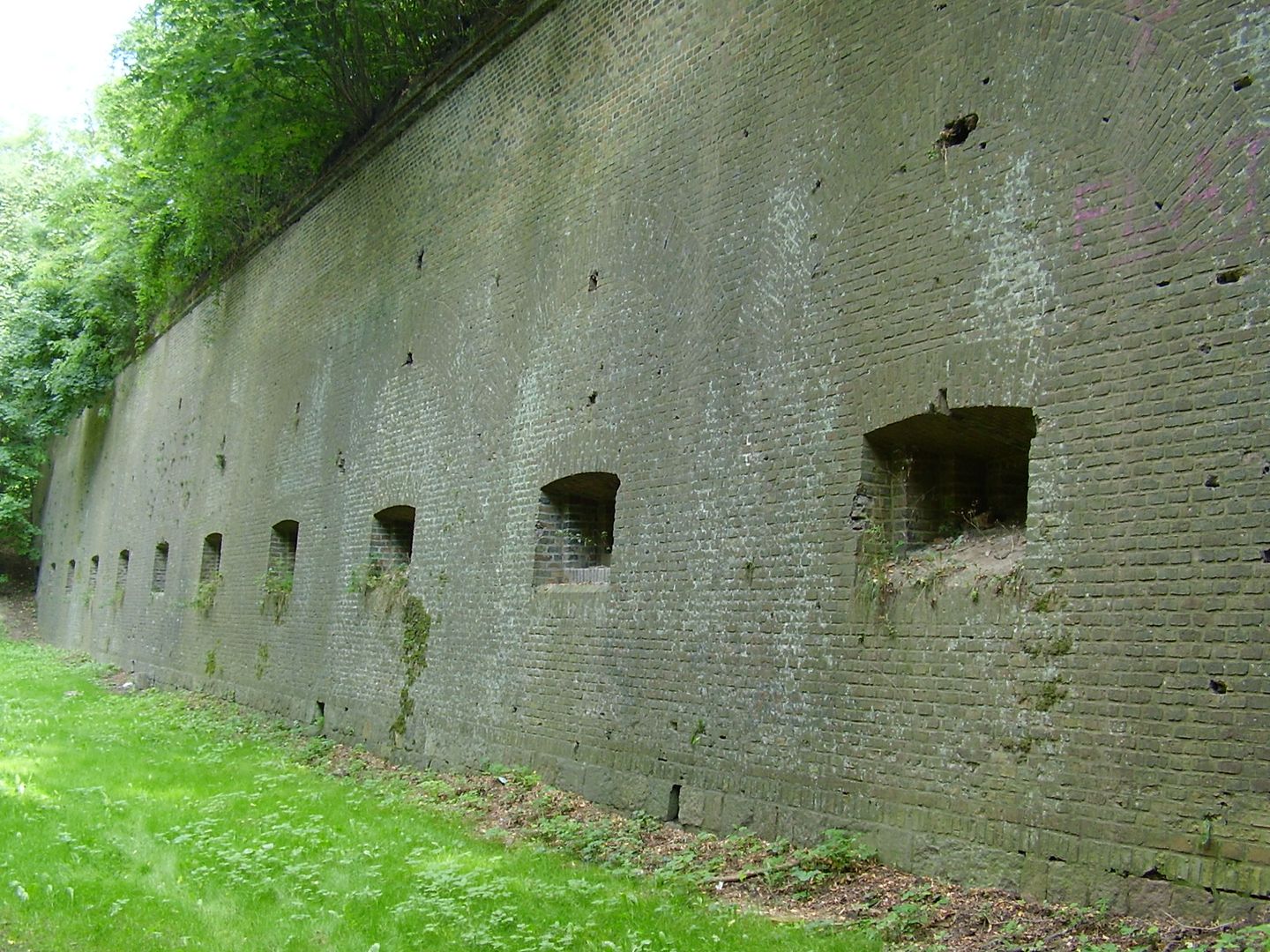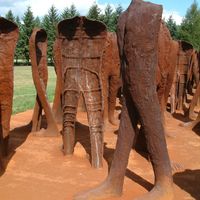Citadel Park
8.66

Overview
Poznań's Citadel Park, spanning 100 hectares, is the city's largest park, built on the site of the former Fort Winiary between 1963 and 1970. Initially named the Park-Monument of the Brotherhood of Arms and Polish-Soviet Friendship, it was renamed Citadel Park in 1992. In 2008, the President of Poland designated the park as a historical monument as part of Poznań's historical urban complex. From the city center, monumental stairs lead up to the park, crowned at the top by the Monument to the Heroes. The Citadel hosts an annual Passion play, considered the largest of its kind in the world, and in 2009, the band Radiohead performed here. The park serves as a memorial site, with pathways commemorating various historical events and the residents of Poznań who aided the Red Army during World War II. Within the park, there are several cemeteries, including the Garrison Cemetery and war cemeteries for heroes, where soldiers from different eras and nationalities rest. The Citadel is also home to two museums dedicated to military history. Numerous fortification structures remain in the park, such as Ravelin I, Redoubt I, and Bastion II. The Citadel's flora includes 170 taxa of woody plants and 380 species of vascular plants, including rare protected species. The park is also a sanctuary for many species of mammals, birds, and invertebrates. It is home to 20 mammal species, including 12 species of bats, making it an important hibernation site for these mammals in Poznań. A variety of birds inhabit the Citadel, including rare species, and the park is one of the largest bird sanctuaries in central Poznań. The insect world is particularly rich, with 501 species of beetles recorded, many of which are unique. The Citadel is not only a recreational space but also a significant historical, cultural, and natural site, connecting the city's past with its present.
Location
Tickets
Powered by GetYourGuide
2025 Wizytor | All Rights Reserved




